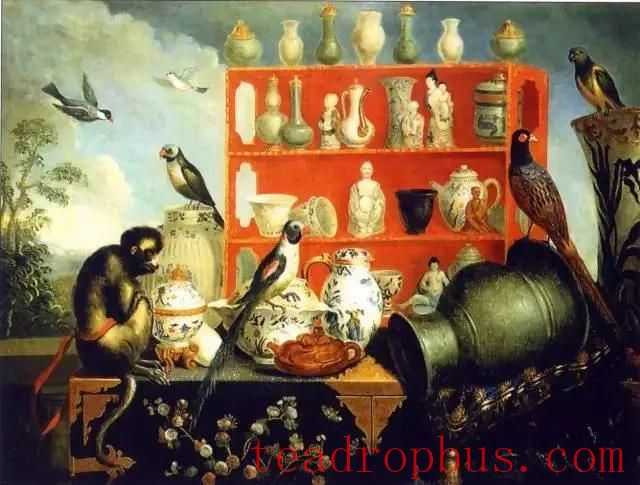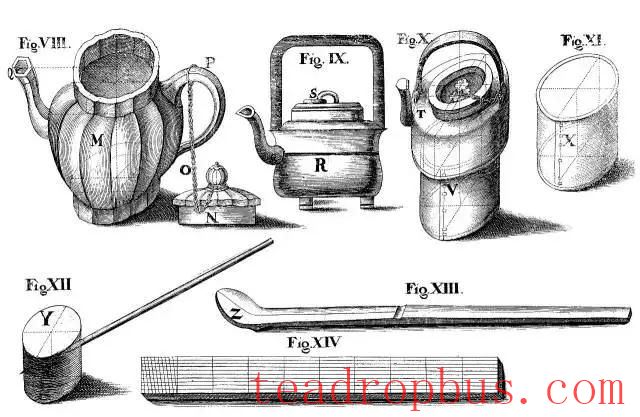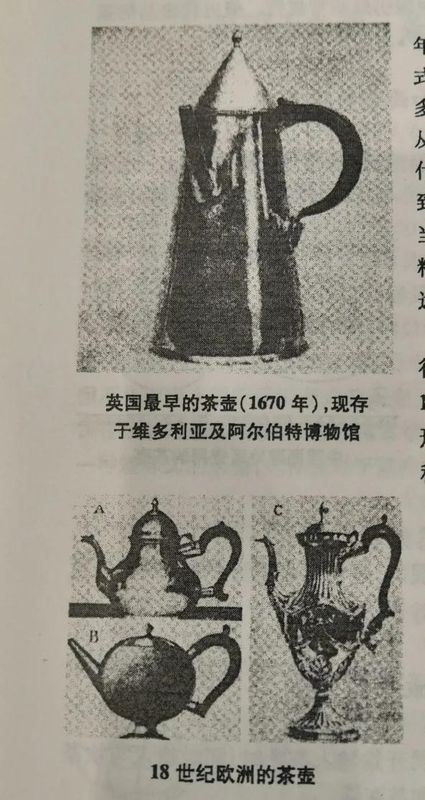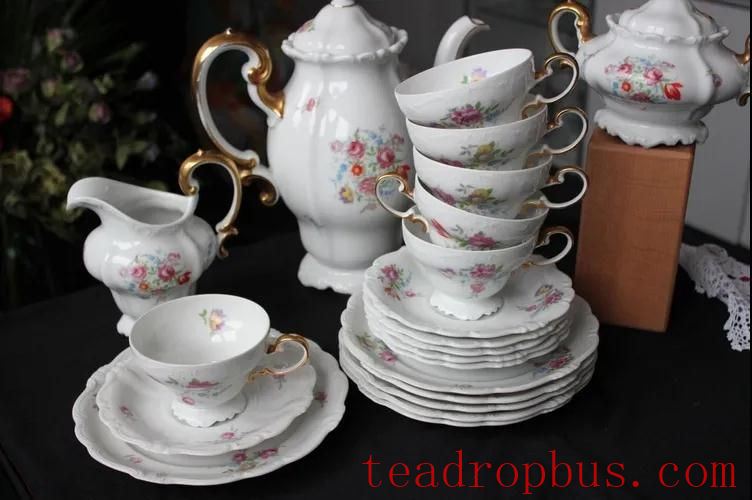During the early 18th century, with the rise of Chinese Tea in European countries such as the Netherlands, Germany, and Britain, Chinese tea wares, characterized by their distinctiveness, began to gain popularity among Europeans.
At that time, Chinese Teapots were beautifully shaped and widely favored by Europeans, who started imitating and reproducing Chinese teapots. Among them, those who attempted to replicate Yixing Teapots from China achieved a certain level of success and gained some fame; Yixing clay teapots thus became the prototype for the earliest teapots in Europe. Later, with a deeper understanding of Chinese tea culture, European potters and silversmiths began transforming their designs, adopting artistic patterns and decorations, elevating teapots to an almost mythical status in the West.

The earliest European teapot was a lantern-shaped Silver teapot made by the British in 1670, which is now preserved in the Victoria and Albert Museum in London. Although the craftsmanship of these early adaptations of Chinese teapots may not match today's standards, they clearly represent the innovation and integration of that era, showcasing evident progress in technique.

However, the true departure from merely imitating Chinese teapots and the beginning of designing original teapots in Europe can be marked by a conical or pear-shaped silver teapot made around 1690. This teapot featured a spout plug attached to the lid with a chain and stood 4.75 inches tall.
The popularity of this conical teapot reached its peak during the reign of Queen Anne in England and remains popular to this day. The spout, previously resembling a duck's neck, evolved into a graceful swan neck shape; the pear-shaped body was inverted, with the larger end at the top and the smaller end at the bottom, resting on a raised base.

Alongside the conical teapots, spherical silver teapots also existed. These had a spherical body placed on a high base, with handles and spouts installed in various styles. Some spherical teapots had spouts shaped like duck necks, straight and pointed; the handles were often made of wood, but there were also silver ones, with ivory inlays at the joints to insulate heat.
There were also Louis XV-style teapots with high bases and vase shapes, adorned with floral motifs, ribbons, and relief patterns. They had graceful swan neck spouts and handles with ivory inlays, made of silver to insulate heat. These teapots could be considered the only ones in the evolution of European teapots to have the shape of a wine decanter.

It can be seen that the evolution of European teapots progressed from a simple, plain style to a variety of shapes that showcased the noble, romantic, and elegant aesthetics typical of European design, imbued with unique perspectives and aesthetic expressions rooted in their own cultural heritage.
Disclaimer:
Some of the text and images used in this content are sourced from the internet and are the property of their respective owners. If there are any copyright issues, please contact us and we will remove them!
The views expressed in the citations are for dissemination purposes only and do not necessarily reflect endorsement or opposition to any particular stance. Please avoid selective quotation!